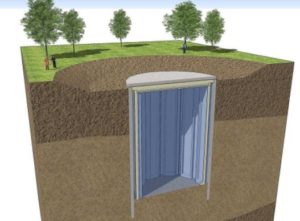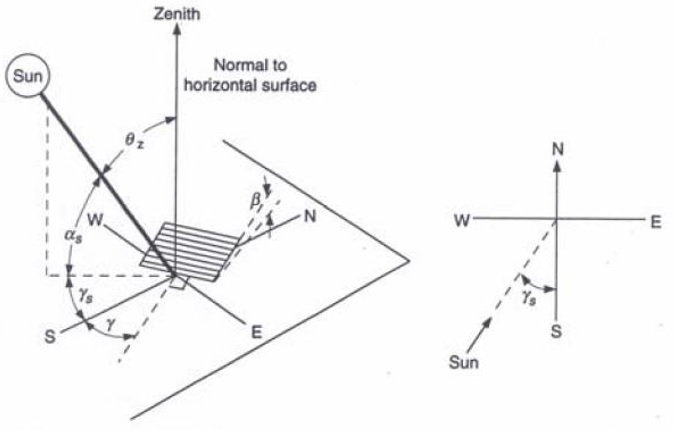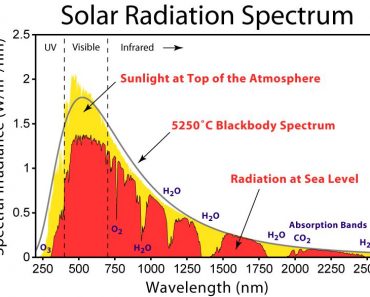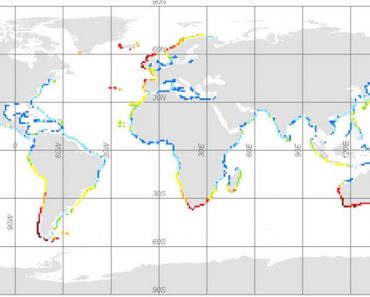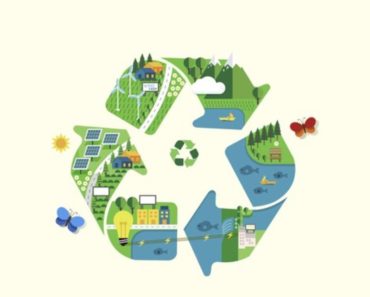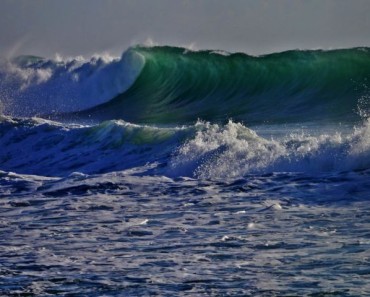The concept of
seasonal energy storage is very simple. Harness energy when its plentiful during the summer and use it when its requirement is most i.e. during the winter. It is an age old and is similar to human beings storing food after the harvest and using it through the year.
Energy storage however has been tricky and it all has to do with the concept of entropy. A student of engineering will tell you that you can extract a lot more energy with small quantity of water at high temperature above ambient compared to a large quantity of water that is only slightly above ambient temperature. In other words, there might be equal amount of energy stored in two different ways, but one is more useful than the other. The measure of usefulness or rather un-usefulness of energy is termed as entropy. Energy that is very useful has low entropy. Energy that is extremely useless has high entropy. Thus, entropy as a term has negative connotation and high quantity of entropy is undesirable.
In the present era, with the insight we have available today and with the tools at our disposal, it has become easy to store low entropy energy. Inter seasonal storage is not just a concept anymore but a reality. Project have been completed in many parts of Europe including Sweden and Germany. It should be understood that in northern latitude countries (above 45 degrees), bulk of the consumed energy goes into space and water heating. Much of this demand for heat can be met through inter-seasonal storage.
In the summer when the Sunshine is abundant, water can be heated using Solar Water heaters. This heated water can then be stored in a large tank that is placed underground. Below the frost line (2 feet underneath the surface), the temperature of the earth remains 15 to 17 degrees because of Geothermal heat. Such systems are also called Pit-storage systems. A water tank that is exposed to the ambient air on the other hand will lose more heat particularly is the temperature drops sub-zero. The water tanks in which hot water is stored are super-insulated. The earth around is also adds to the layer of insulation. Water can be stored at temperatures of upto 90 ºC.
In many new buildings in Europe today, Inter-seasonal energy storage is considered a very desirable option provided space is available for storage tank. Studies have shown that Inter-seasonal storage can meet up to 50% of the energy storage and hot water demands.
Inter-seasonal energy storage is also sometimes referred to as STES which is an abbreviation for Seasonal Thermal Energy Storage. There are several kinds of STES systems, some are even used to store cold for hotter months. Generally, the larger the size of the STES system, the more efficient it is. Similarly, costs also reduce with larger systems.
STES systems can also be used in greenhouses. Flooded mines and abandoned underground oil stores can both be used for STES systems.
Please feel free to share this article using the buttons below.

